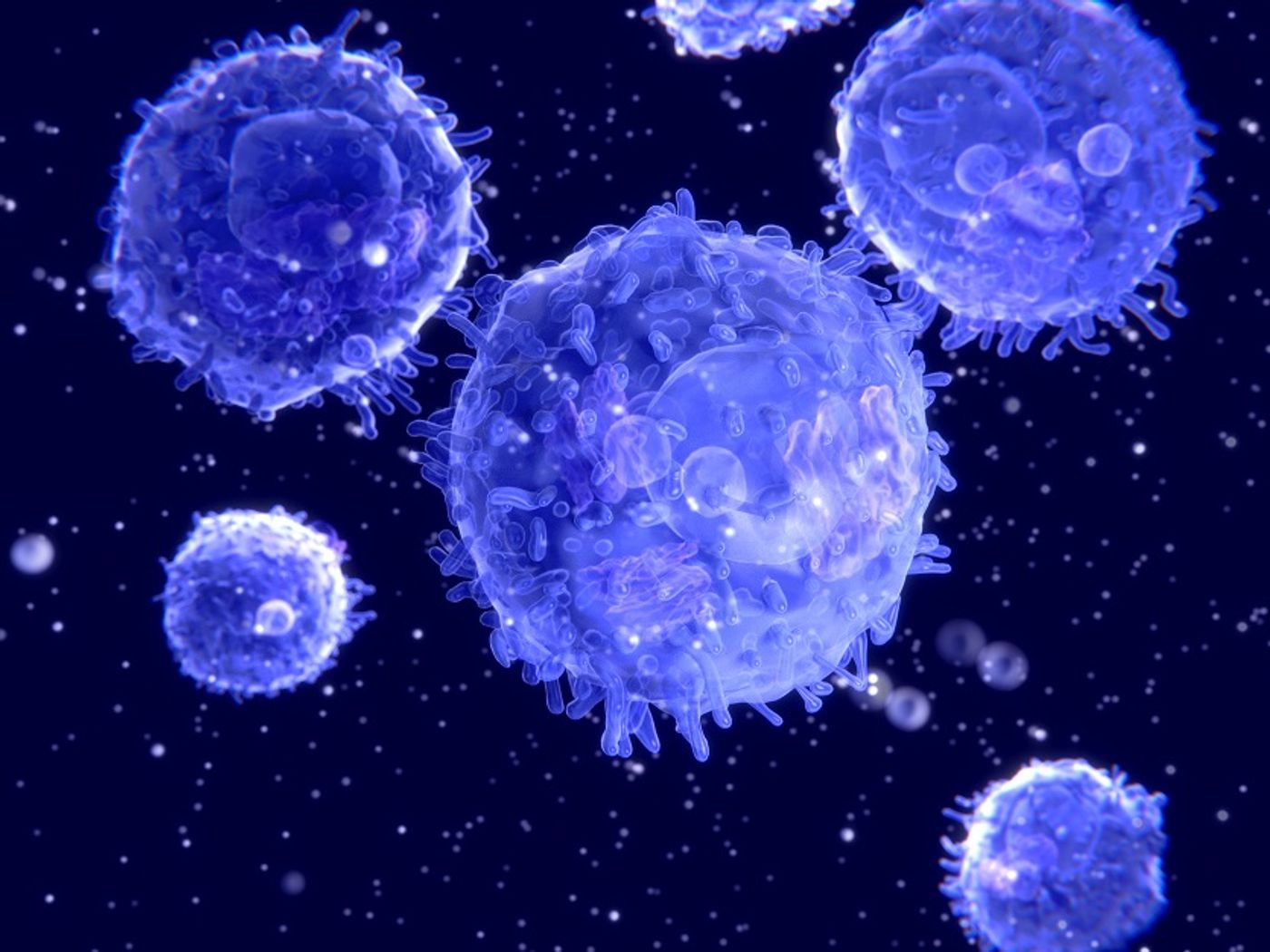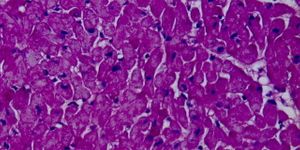T Cells "Loosen Up" to Recognize Pathogens Better and Faster
Senior author of a new Science Signaling study Dr. Manish Butte describes T cells as like “the shy person at the office holiday party who acts stiff until they loosen up a bit.” Butte is talking about T cells interacting with antigen-presenting cells, because the reaction between these two literally depends on whether T cells are loose or stiff.
Antigen-presenting cells (APCs) display bits of pathogenic or cancerous proteins, waiting for T cells that are designed to recognize the specific antigens they are displaying on their cell surface in order to trigger an immune response. A T cell interaction with an antigen-presenting cell (APC) occurs in three steps.
-
The initial fraternization: A T cell binds to an APC to see if there is a match
-
The identification: The T cell recognizes an antigen on an APC and communicates with the APC to find other potential nearby APCs displaying the same antigen
-
The activation: As the T cell continues to bind to the APC, it becomes activated, a process necessary for T cells to dive into the bloodstream prepared to find the pathogen the APC was trying to warn the T cell about
With these steps fully understood, Butte and other researchers from the University of California Los Angeles Health Sciences turned to investigate another factor that matters in the scheme of the immune response: the stiffness or softness of the T cells; stiff cells react more slowly to activation than soft cells.
"Until now, we had a limited understanding of what controls T cell activation," Butte explained. "We wanted to identify how to both encourage and speed up T cell activation for fighting infections and cancers and to disrupt it in order to prevent immune disease. Now that we understand the precise steps taking place, our findings suggest that altering T cell stiffness with drugs could one day help us thwart diseases where T cells are too active or not active enough."
Butte introduced a new approach to observe T cell activity in real-time at the nano-level: a technology called an atomic-force microscope. This approach helped them identify the pathway in charge of a T cell being stiff instead of soft, allowing a future opportunity for the development of drugs that can mimic the natural pathway toward T cell softness, introducing an entirely new way to manipulate the immune system.
"We can't talk about precision medicine and still use a sledgehammer to treat disease," Butte said. "By exploiting the mechanism we discovered to soften T cells, we could accelerate vaccine responses so a patient won't need multiple boosters and months of waiting to get full immunity. Or we could stiffen up T cells to prevent the body from rejecting transplanted organs."
Source: University of California Los Angeles Health Sciences









